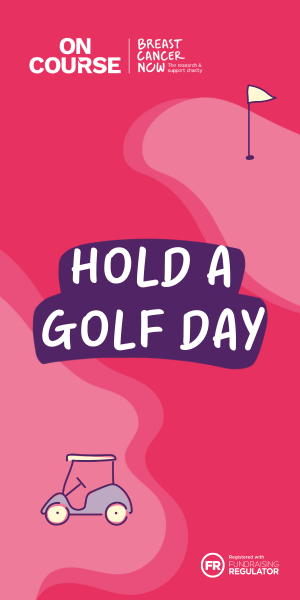The maximum Handicap Index is now 54. But in an effort to make the game more inclusive, are we actually turning people away from it?
Commenting on Women & Golf Editor Emma’s recent article about the barriers to golf participation, Jacqueline told us:
“I have been a golfer for over 40 years … Many women begin golf, find it too difficult to play to a handicap of 36, and give up.
“Raising the Handicap Index to 54 has made an enormous difference, but not always for good. It has allowed beginners to become involved fully in competitions and to feel part of a club from the word go … On the downside it seems to have killed off the competitive aspect of the game. High handicappers have little incentive to improve and low handicappers are disillusioned, particularly in matchplay, because of the bundle of shots they have to give.
“I know clubs are within their rights to limit handicaps for some competitions, but, as the numbers of high handicaps continue to grow, so do the voices accusing clubs of elitism if they do.
“If it is simply a numbers game then clearly initiatives have been very successful, but who is defending the standard of golf being played, and monitoring the time it takes for someone to get round 18 holes?”
And it got me thinking … in an effort to make the game more inclusive, are we actually turning people away from it? Have we let handicaps get too high?
My experience as a beginner
When I started golf at about 14 years old, I had a handicap of 36. I was immediately introduced to all the women and juniors around the same sort of handicap as me. And it was a great way to slowly but surely get into the game.
I was happy playing with them and comfortable even when I hit bad shots. But I was desperate to play with lower handicappers to improve my game.
I used to beg my dad to let me join his weekend swindle. But he’d always tell me the same thing: Not until you get your handicap down.
So I did. I finally got my handicap down low enough that I was “accepted” into the swindle. And guess what ... I hated every second of it. I was immediately and completely thrust out of my comfort zone. All of a sudden I was embarrassed when I hit bad shots, uncomfortable thinking I was holding everyone up.
What I realised was that before then, I had been safely and happily consumed in a little bubble. One where everyone was about as good as each other. Even as I got better, in every competition I was drawn with people around the same handicap.
So as much as I wanted to play with better golfers, I knew I needed to work on my game and earn my place among them. And when I did, that’s when I felt comfortable and confident playing with whoever I was drawn with.
The other side of the coin
The handicap limit was increased from 36 in my last few years as an amateur. At that time, I had a handicap of around two and was playing and competing as much as I possibly could. But my club didn’t have a big women’s section. So, when it came to competitions, you just played with whoever was available, regardless of their handicap.
During that time, I played a few rounds with women who had handicaps upwards of 45. And being brutally honest, it wasn’t a great experience for anyone.
You could visibly see how uncomfortable they were playing golf with me, and I felt like I was on the golf course for weeks.
I know that makes me sound like a heartless b***h, but what is the point in playing if no one is really enjoying themselves?
Is increasing Handicap Index really the answer?
I’m all for doing whatever it takes to get more women into golf. But I don’t think giving people really high handicaps is the answer.
With a Handicap Index of 54, you’ll take on average 126 shots – and a very long time – to get around the course. That’s not enjoyable for anyone. In fact, it just supports the misconception that golf is boring: when it takes more than four hours to get around a golf course, to me, it is boring.
We know that time is a limiting factor when it comes to getting and keeping women in the game. So we need to come up with ways to make it quicker, not longer.
Anecdotally, a higher Handicap Index over 36 is also more likely to put people off – not keep them coming back.
The 45+ handicappers I’ve played with have all apologised all the way around the course. I’m honestly happy to play golf with anyone, no matter how good or bad a golfer they are. But when you know someone feels uncomfortable and out of their depth, no one has a positive experience.
For me, it’s about making sure everyone has the opportunity to play at the right level for them. Whether that’s on an academy course, only playing nine holes or playing from forward tees.
It’s about playing with people at the same level. Working up to an 18-hole course and competitions when someone is really ready. Because I know from experience that when you’re not ready, it’s enough to make you run for the hills. And never come back.
What do you think – have we let the Handicap Index get too high? Share your thoughts by emailing [email protected].














